As others noted, start by installing the new perl in a separate place. I have several perls installed, each completely separate from all of the others.
To do that, you'll have to configure and compile the sources yourself. When you run configure, you'll get a chance to specify the installer. I gave detailed instructions for this in an "Compiling My Own Perl" in the Spring 2008 issue of The Perl Review. There's also an Item in Effective Perl Programming that shows you how to do it.
Now, go back to your original distribution and run cpan -a to create an autobundle file. This is a Pod document that lists all of the extra stuff you've installed, and CPAN.pm understands how to use that to reinstall everything.
To install things in the new perl, use that perl's path to start CPAN.pm and install the autobundle file you created. CPAN.pm will get the right installation paths from that perl's configuration.
Watch the output to make sure things go well. This process won't install the same versions of the modules, but the latest versions.
As for Strawberry Perl, there's a "portable" version you can install somewhere besides the default location. That way you could have the new perl on removable media. You can test it anywhere you like without disturbing the local installation. I don't think that's quite ready for general use though. The Berrybrew tool might help you manage that.
Good luck, :)
